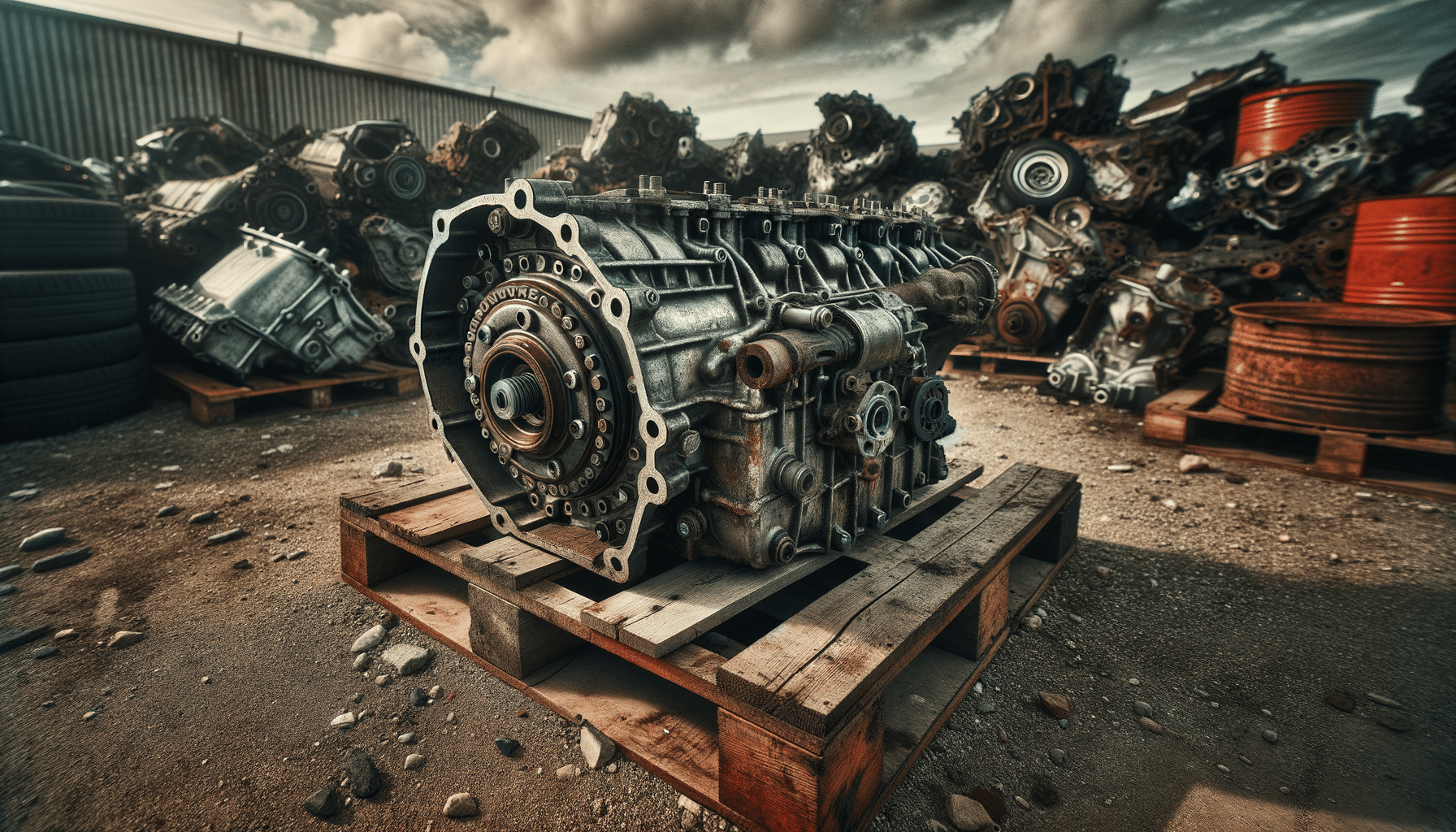
Understanding Used Transmissions: A Comprehensive Guide
Introduction to Used Transmissions
When it comes to maintaining or repairing a vehicle, one of the significant components that may require attention is the transmission. Used transmissions present a viable option for many car owners, offering a cost-effective solution without compromising on quality. This article delves into the advantages of choosing used transmissions, the critical considerations to keep in mind, and tips on making the right purchase.
Advantages of Choosing Used Transmissions
Opting for a used transmission can be a smart move for several reasons. Firstly, the cost savings are substantial. New transmissions can be quite expensive, whereas used ones offer a more budget-friendly alternative. Additionally, many used transmissions come from vehicles that have been in accidents but have low mileage, meaning they often have plenty of life left.
Another advantage is availability. Used transmissions are readily available from a variety of sources, including salvage yards and online marketplaces. This can significantly reduce the downtime for your vehicle, as you are more likely to find the specific transmission you need without the wait associated with ordering a new one.
Furthermore, purchasing used parts is an environmentally friendly choice. Recycling parts reduces the demand for new manufacturing and the associated environmental impact. It is a sustainable choice that supports the circular economy, extending the life cycle of automotive components.
Key Considerations When Buying Used Transmissions
While used transmissions offer many benefits, there are essential factors to consider to ensure you make a wise purchase. First, always verify the compatibility of the transmission with your vehicle’s make, model, and year. This information is crucial to avoid issues with installation and performance.
It’s also important to inquire about the mileage of the transmission. Lower mileage typically indicates less wear and tear, which can translate to a longer lifespan. Additionally, ask whether the transmission has been tested or refurbished. Some suppliers offer warranties or guarantees, providing extra peace of mind.
Inspecting the transmission for any signs of damage or excessive wear is another crucial step. Look for leaks, cracks, or unusual noises that could indicate underlying problems. If possible, get a mechanic or a knowledgeable friend to help with the inspection.
Where to Buy Used Transmissions
There are several avenues to explore when purchasing a used transmission. Salvage yards are a traditional source, offering a wide range of parts at competitive prices. These establishments often allow you to inspect the part before purchasing, which is a significant advantage.
Online marketplaces have become increasingly popular for buying used transmissions. These platforms provide access to a broader selection and the convenience of shopping from home. However, it’s essential to research sellers thoroughly and read reviews to ensure reliability and quality.
Auto parts stores and specialized transmission shops may also offer used options. While prices might be higher than in salvage yards, these stores often provide more comprehensive testing and warranties, adding an extra layer of security to your purchase.
Conclusion: Making an Informed Decision
Choosing a used transmission can be a practical and economical decision for vehicle owners. By understanding the advantages and considering key factors such as compatibility, mileage, and the reputation of the seller, you can make an informed choice that meets your needs and budget.
Remember to take the time to inspect the transmission and consult with professionals if necessary. With careful consideration and a bit of research, opting for a used transmission can extend the life of your vehicle without breaking the bank.


